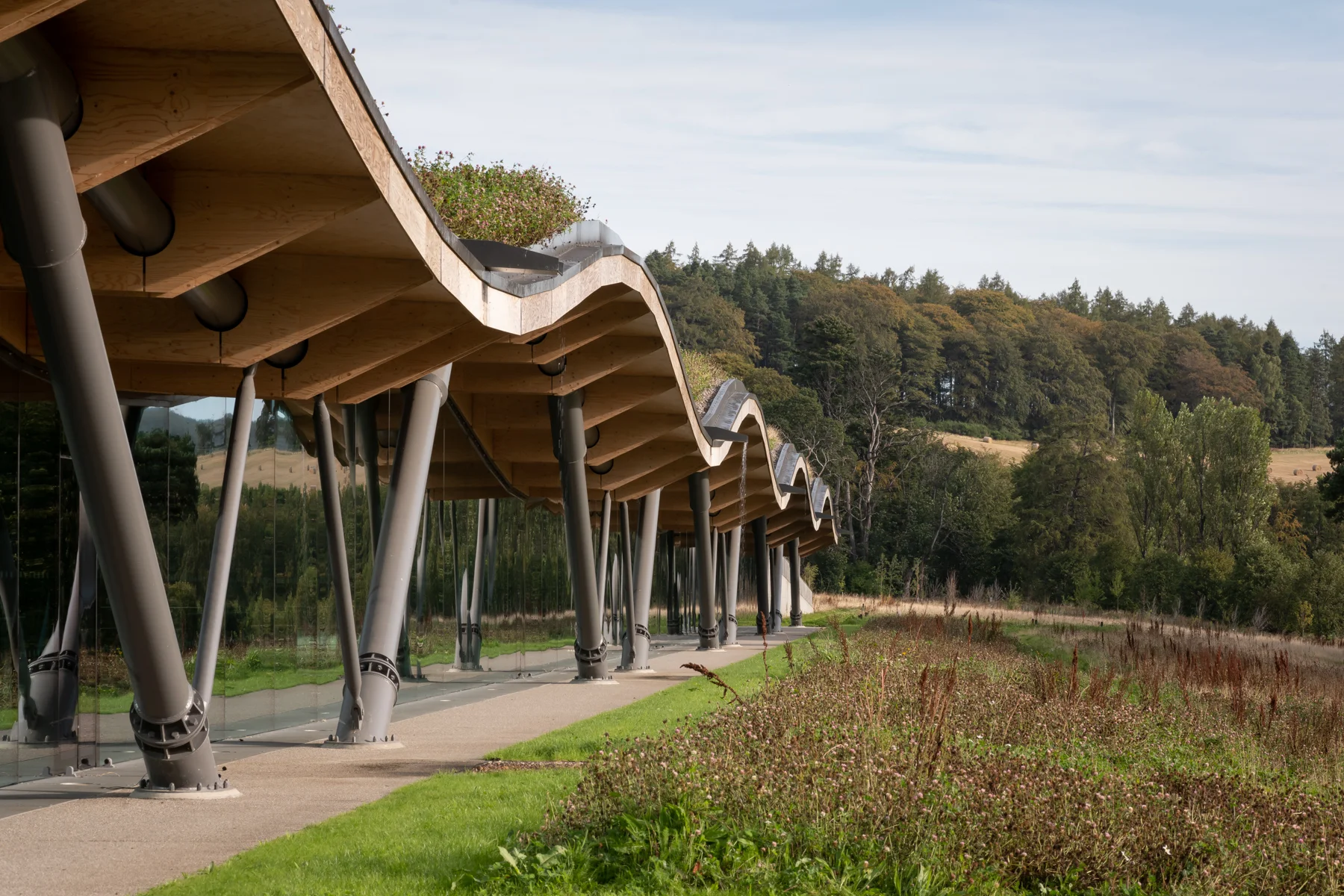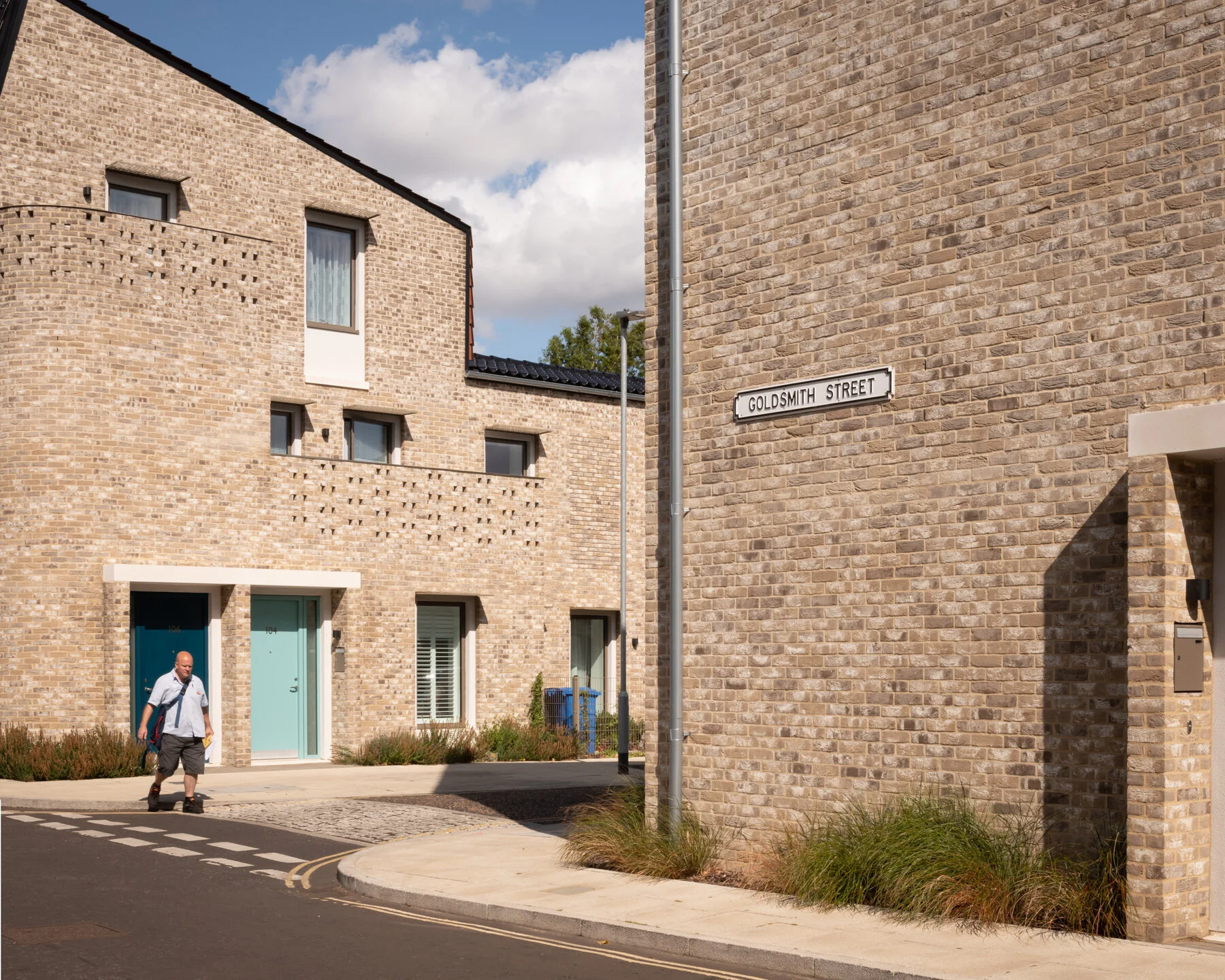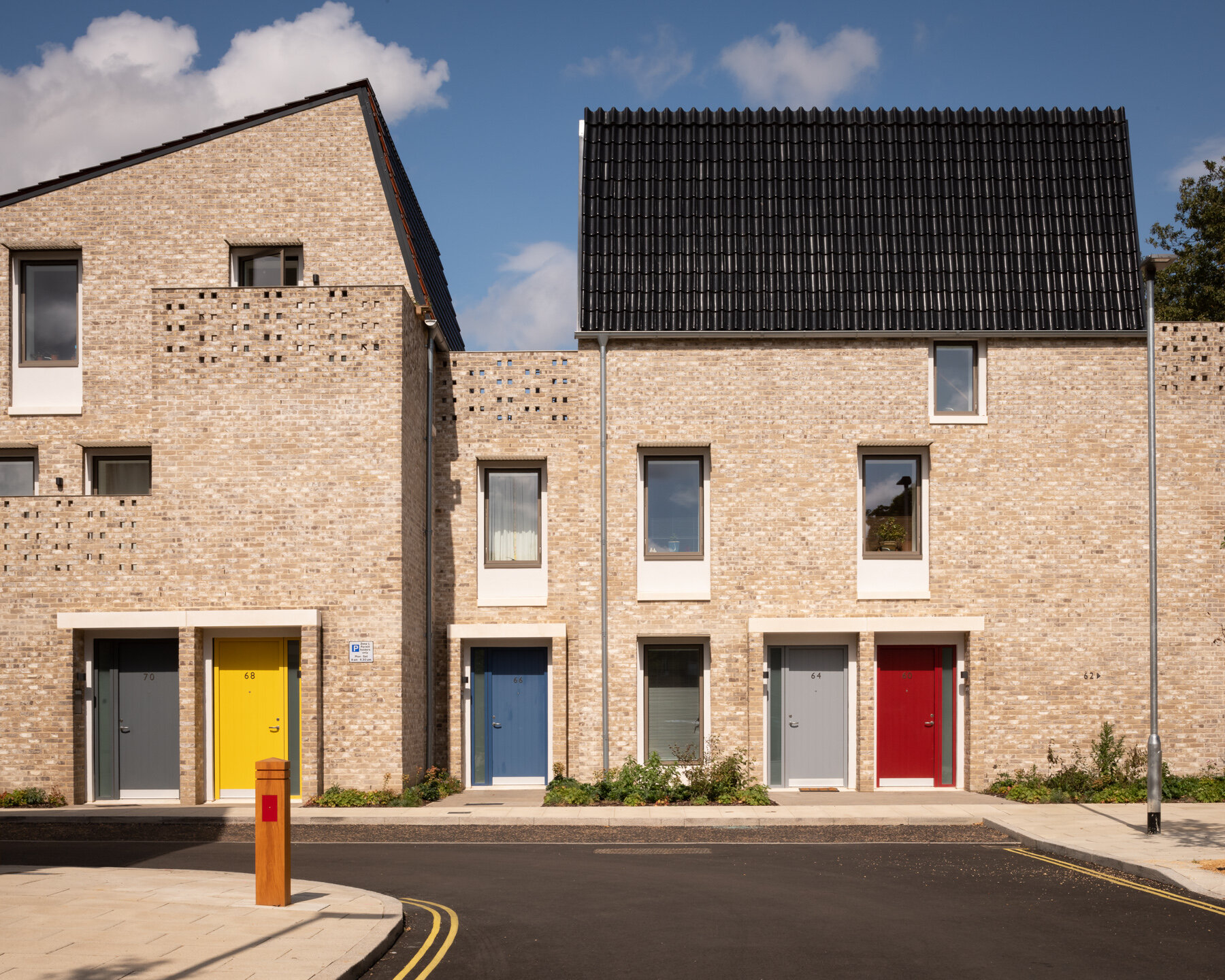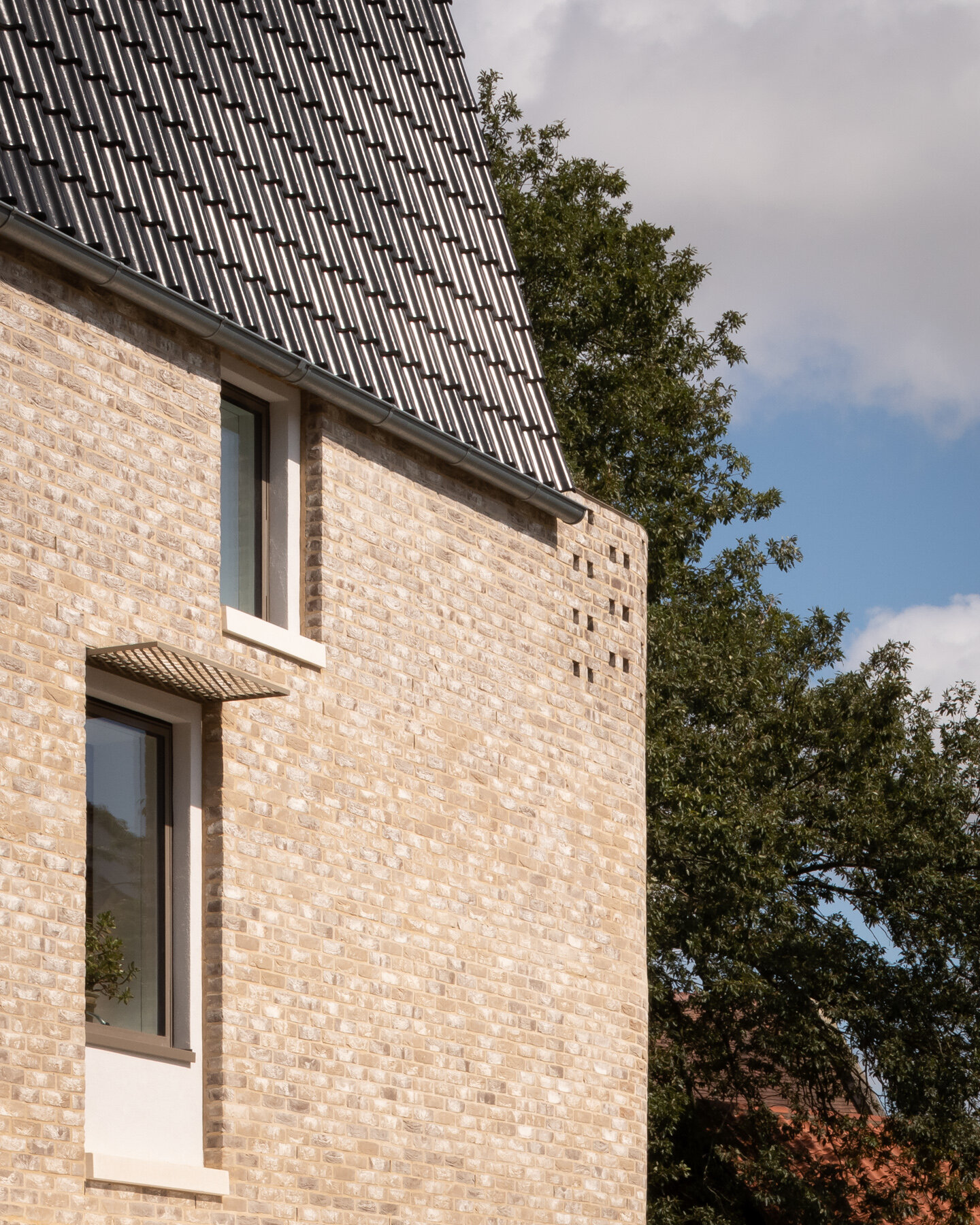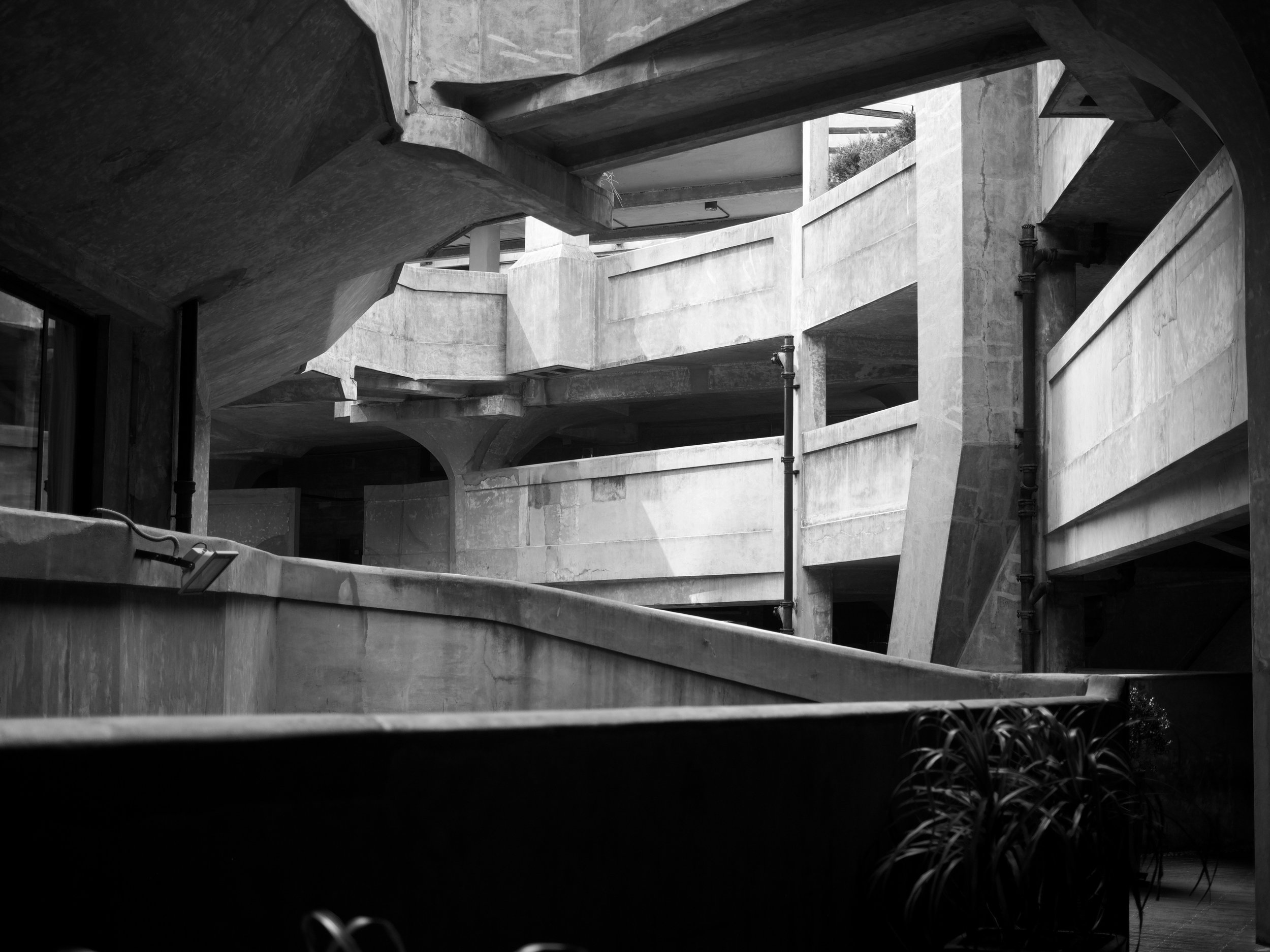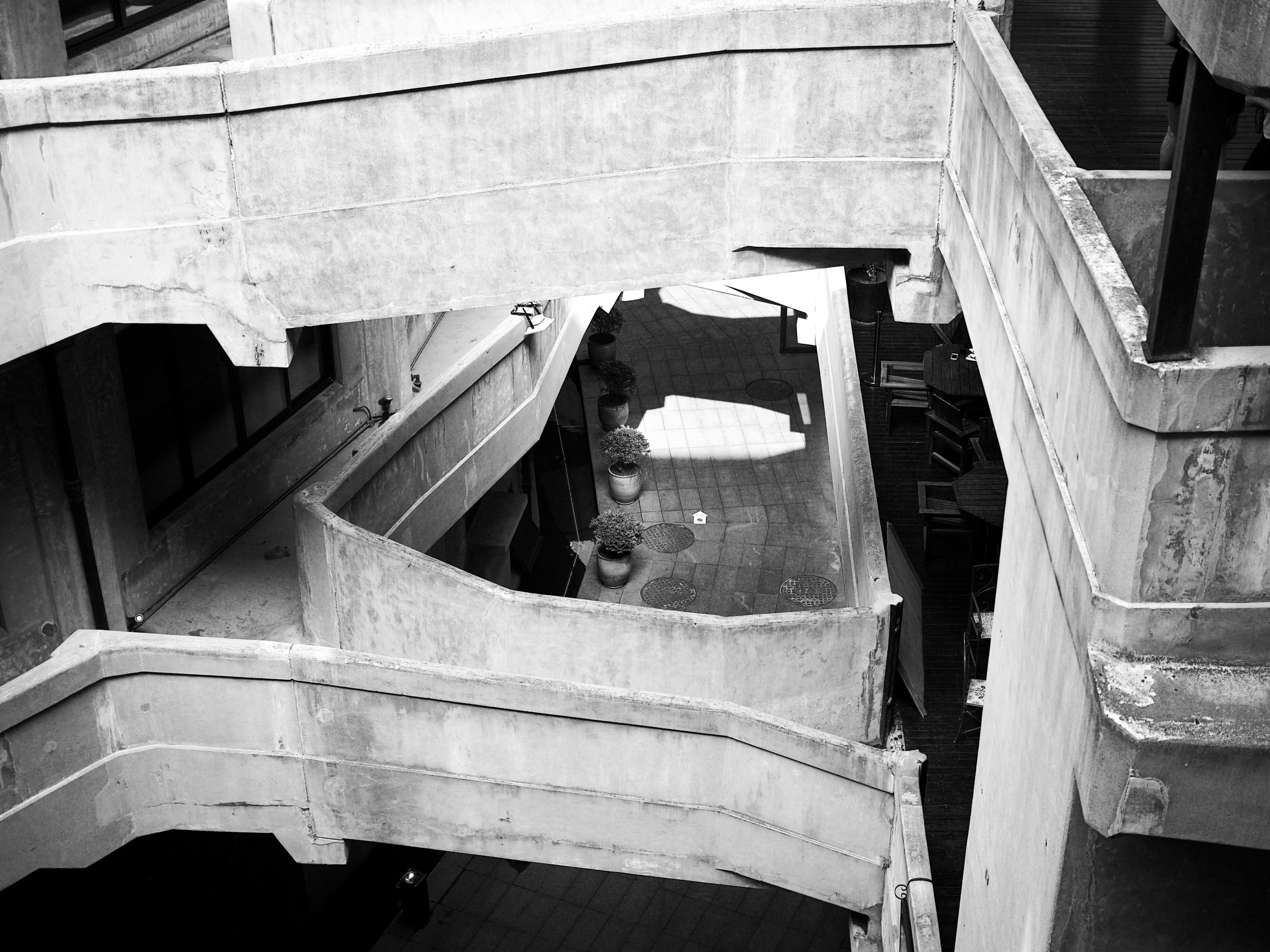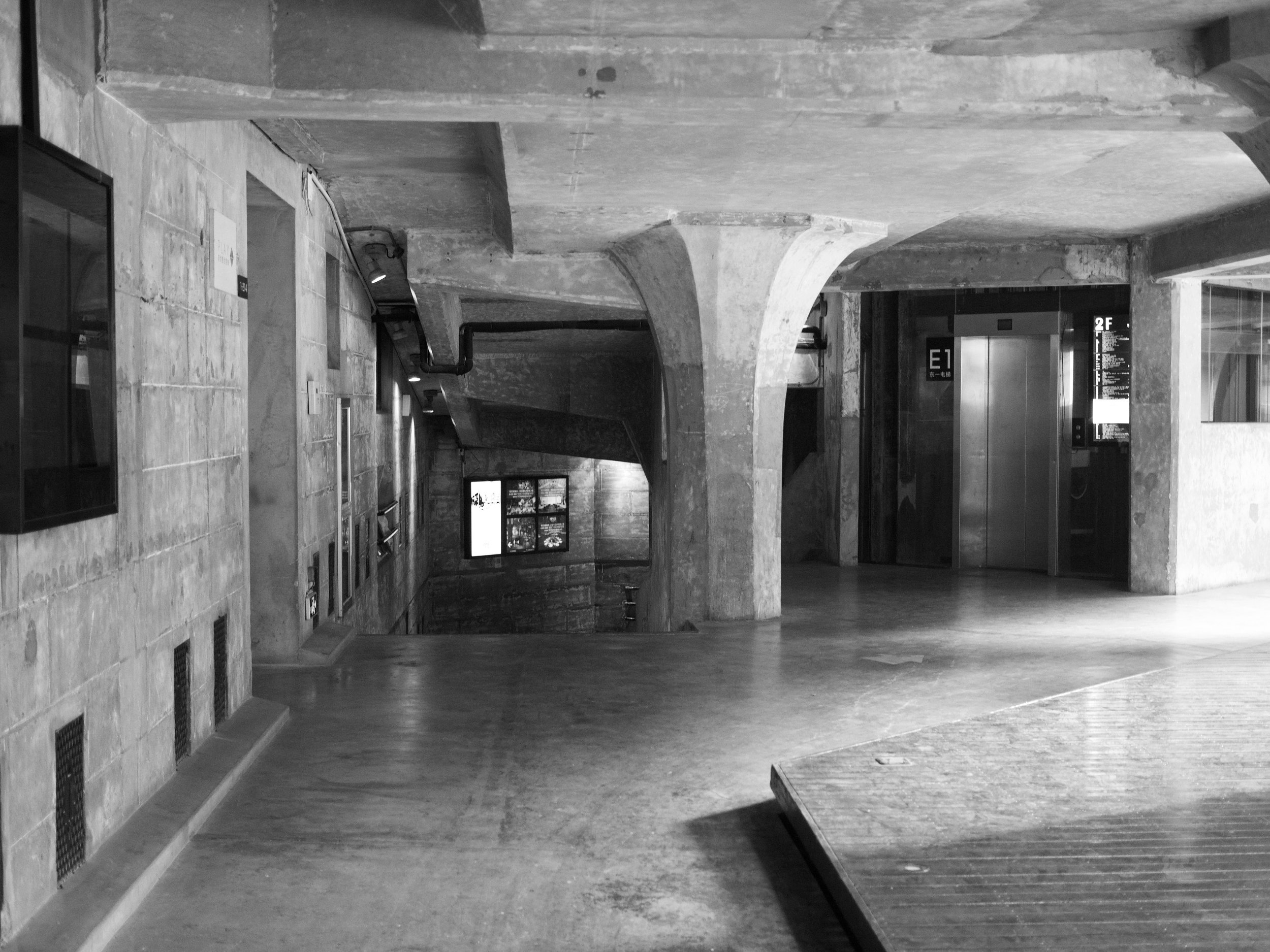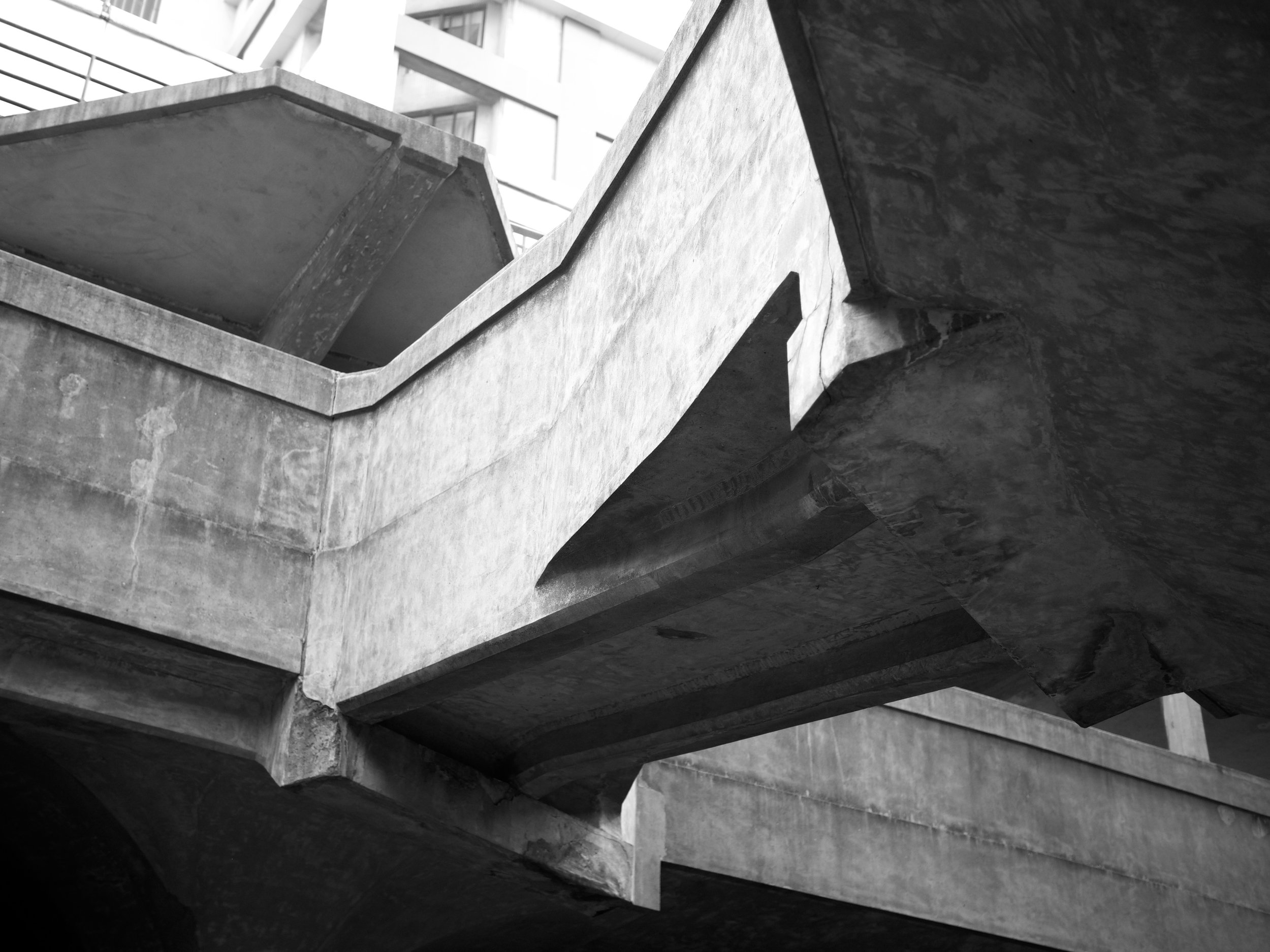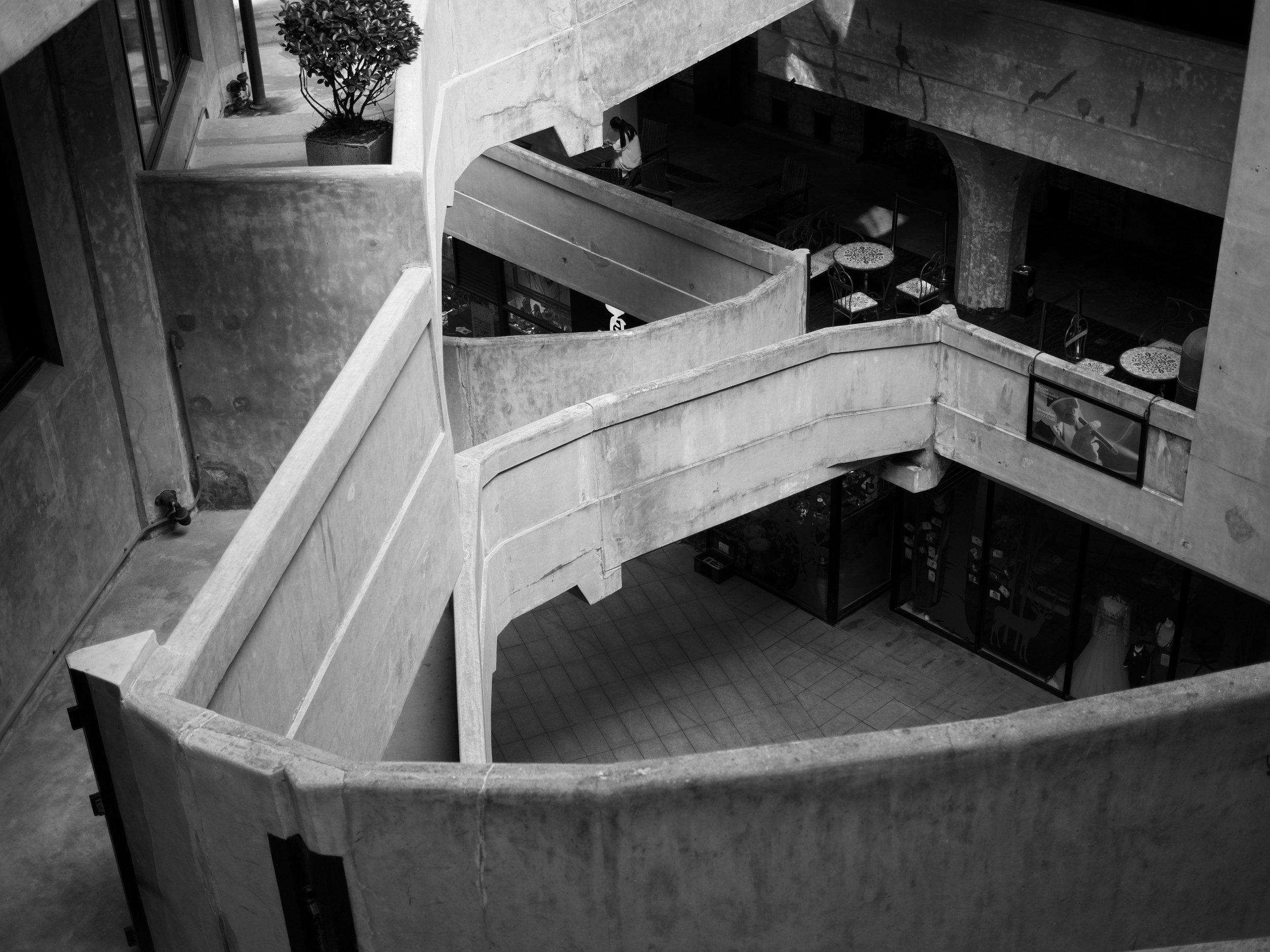My head swivels from left to right.
I’m counting down the minutes. It’s a funny way to listen.
My hood flaps in the wind.
My nose runs.
Amongst all this I’m somehow managing to listen to the sound as the wind blows across this sleeping, weather beaten, decrepit machinery.
It sounds like hundreds of shards of rock falling like hailstones. A wide shower of crumbling shaking movement.
I glimpse a fox in the distance.
A red glow from a building behind me.
This is a binaural recording so best experienced on headphones.
I wanted to write more but I was too nervous in this deserted space I could barely think. Aren’t these always the spaces where dark things happen? I did my best to remember some details.





